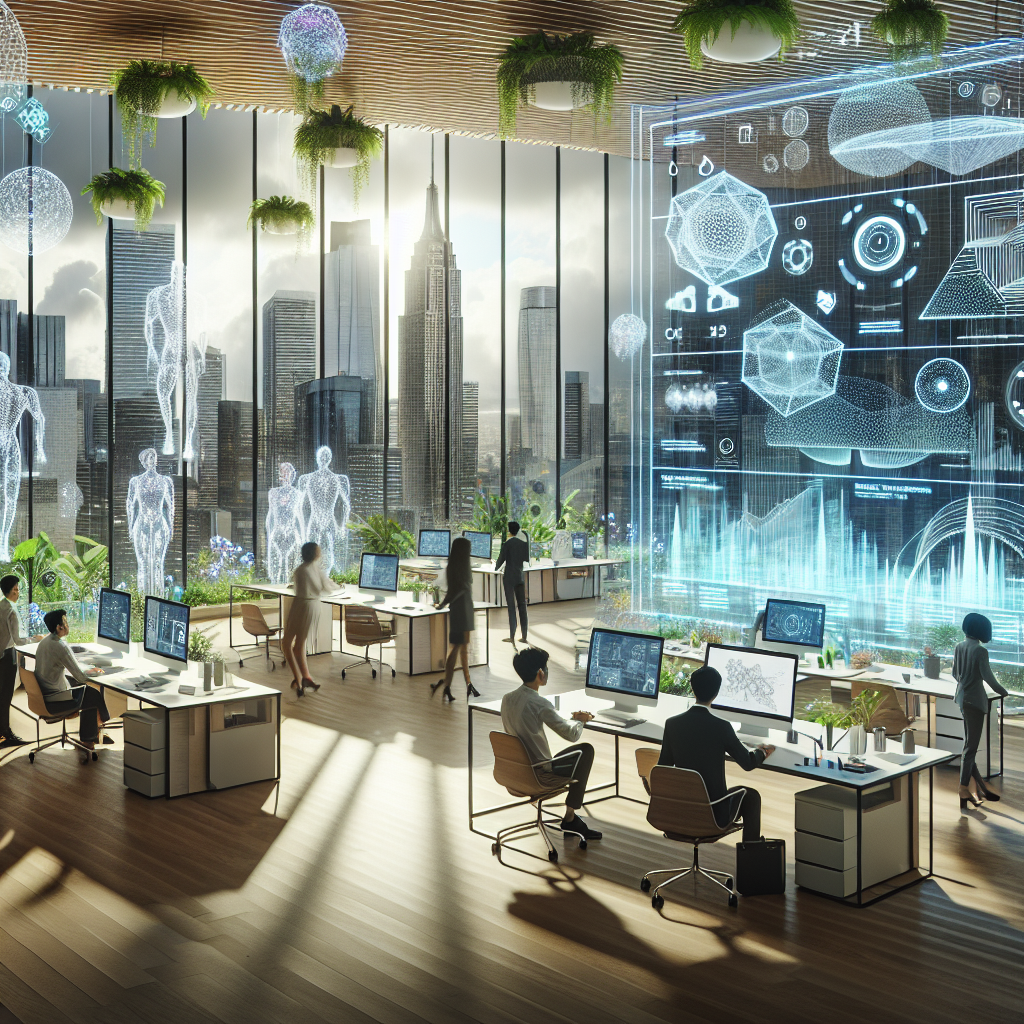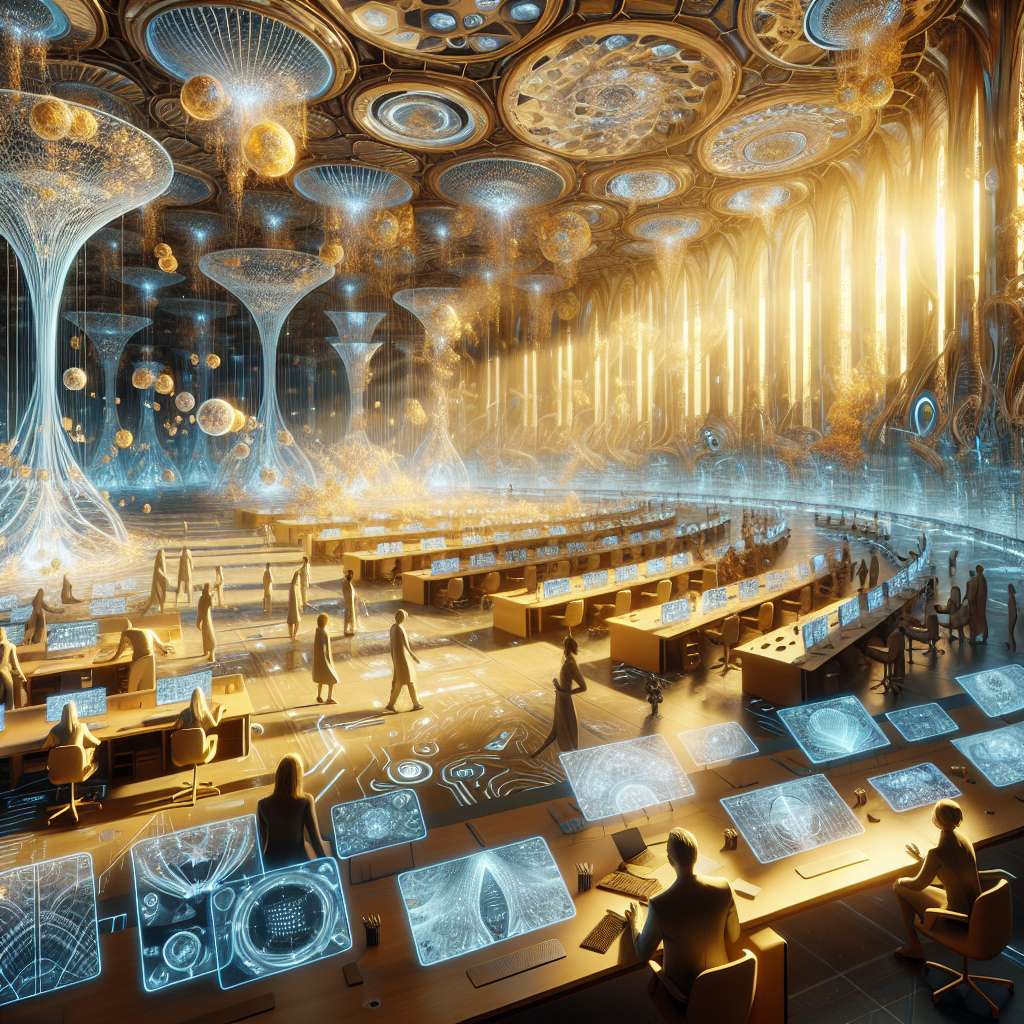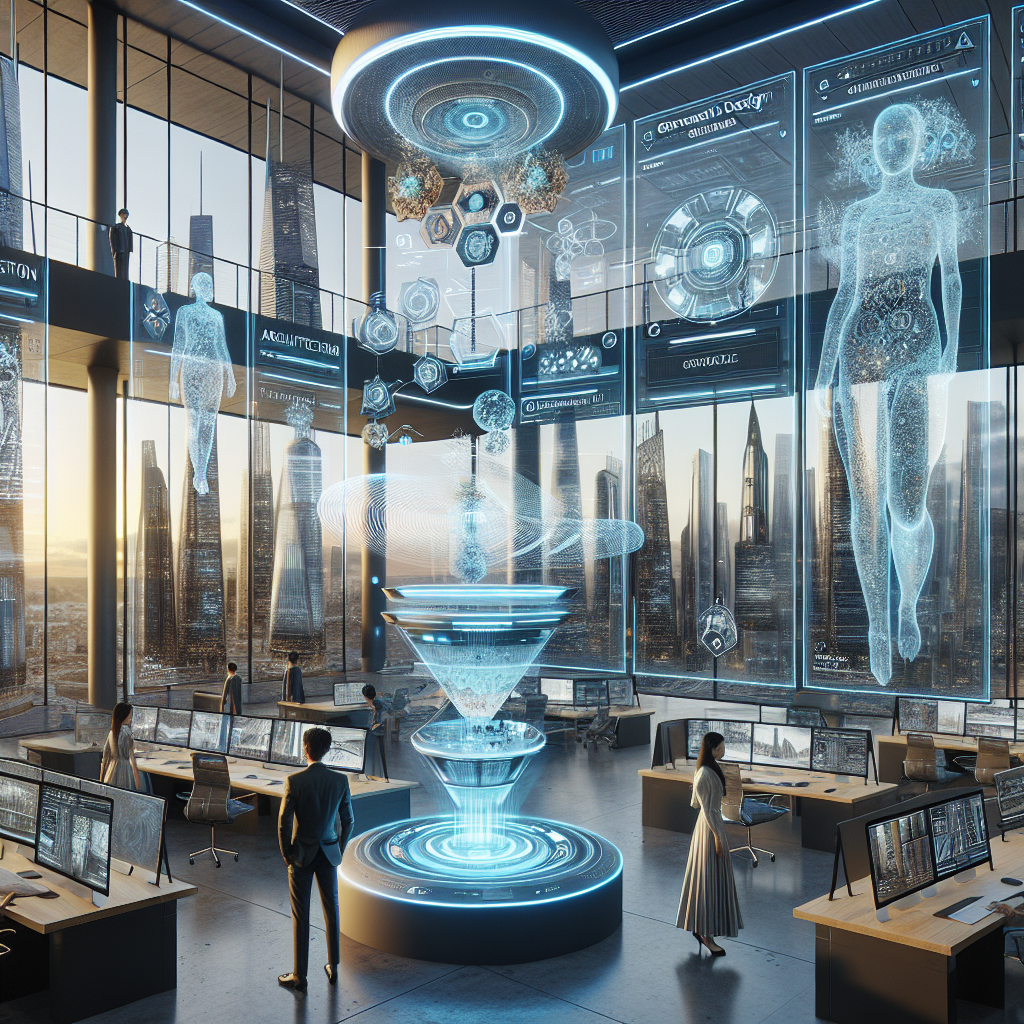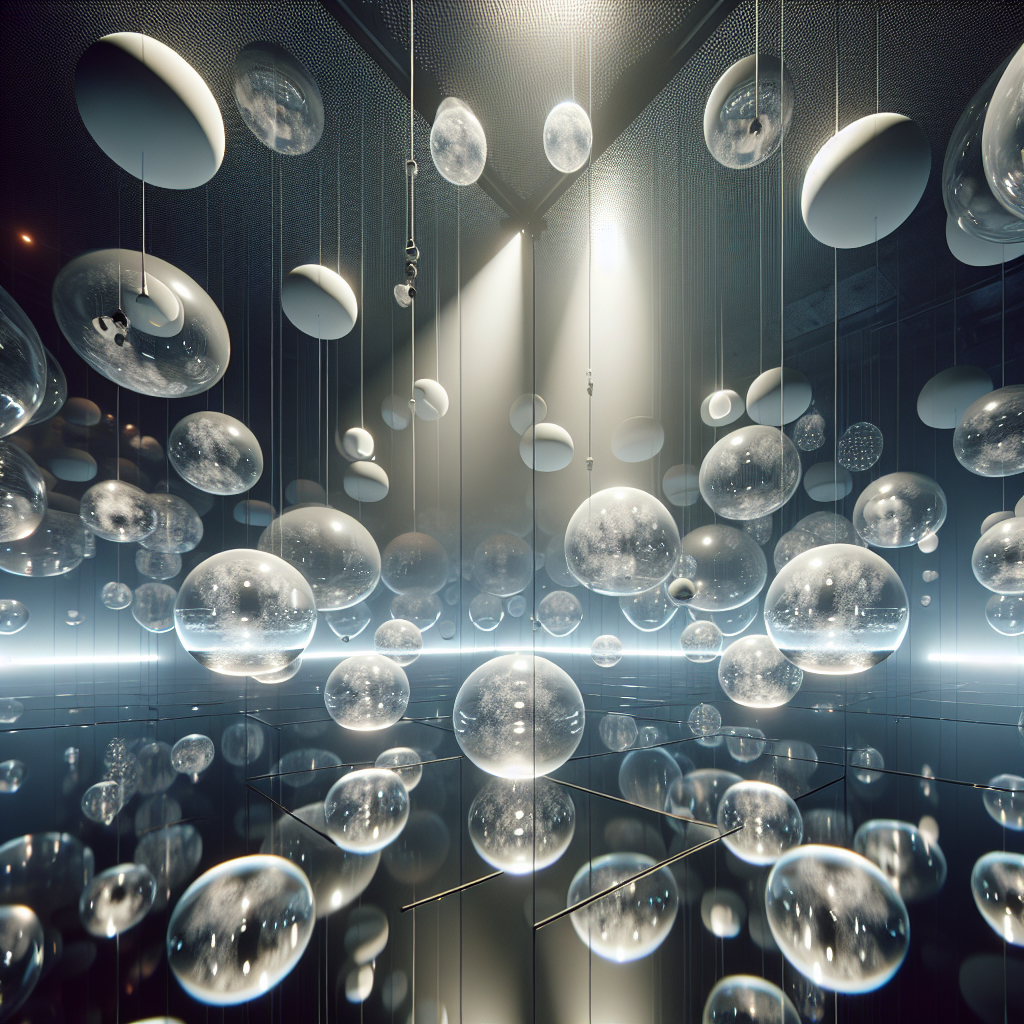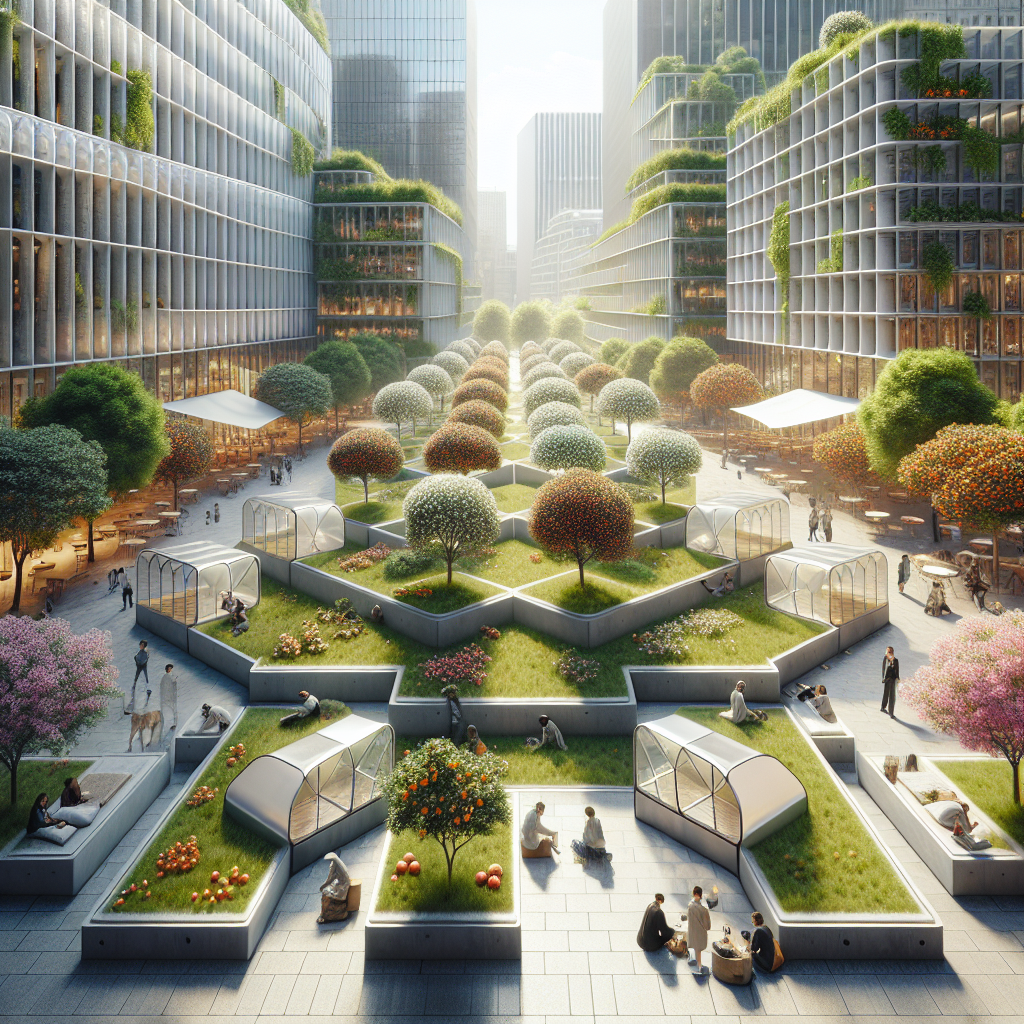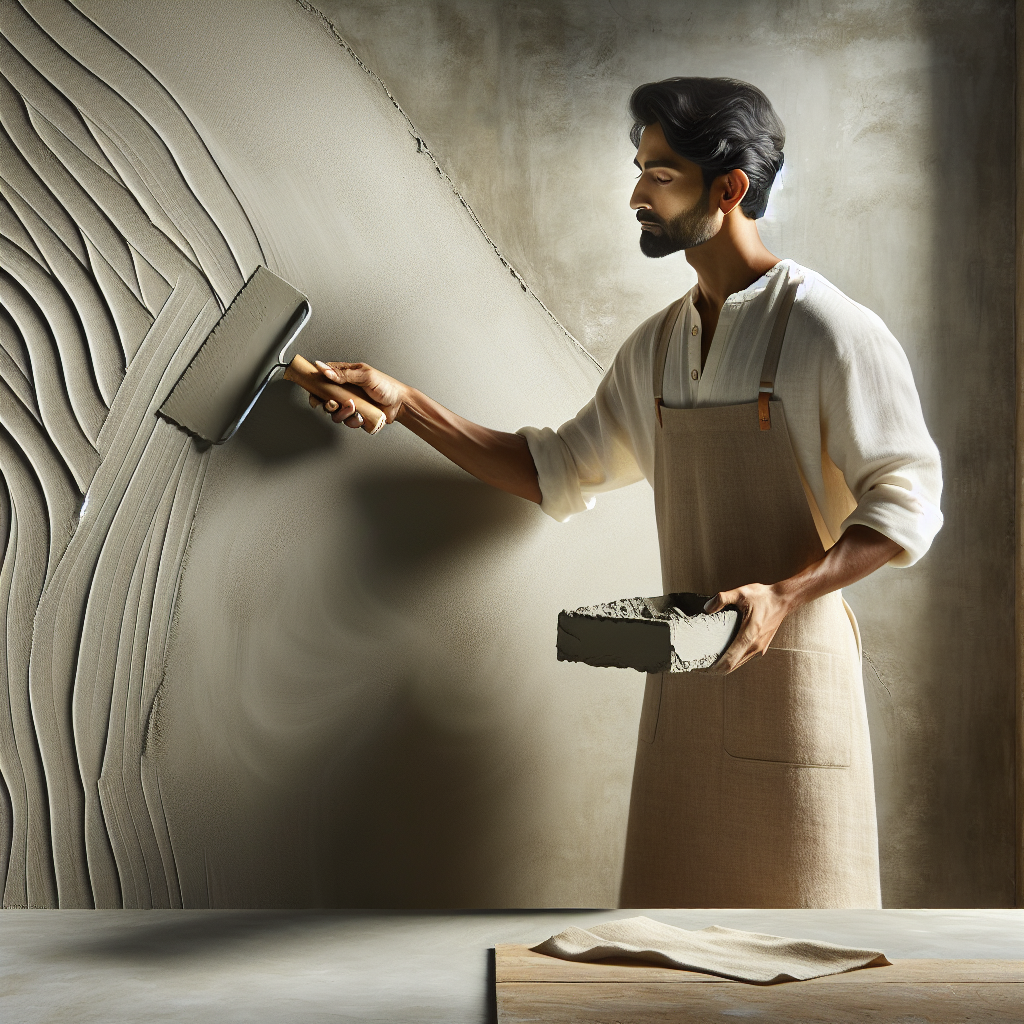Generative Design: How AI is Redefining Creativity and Innovation
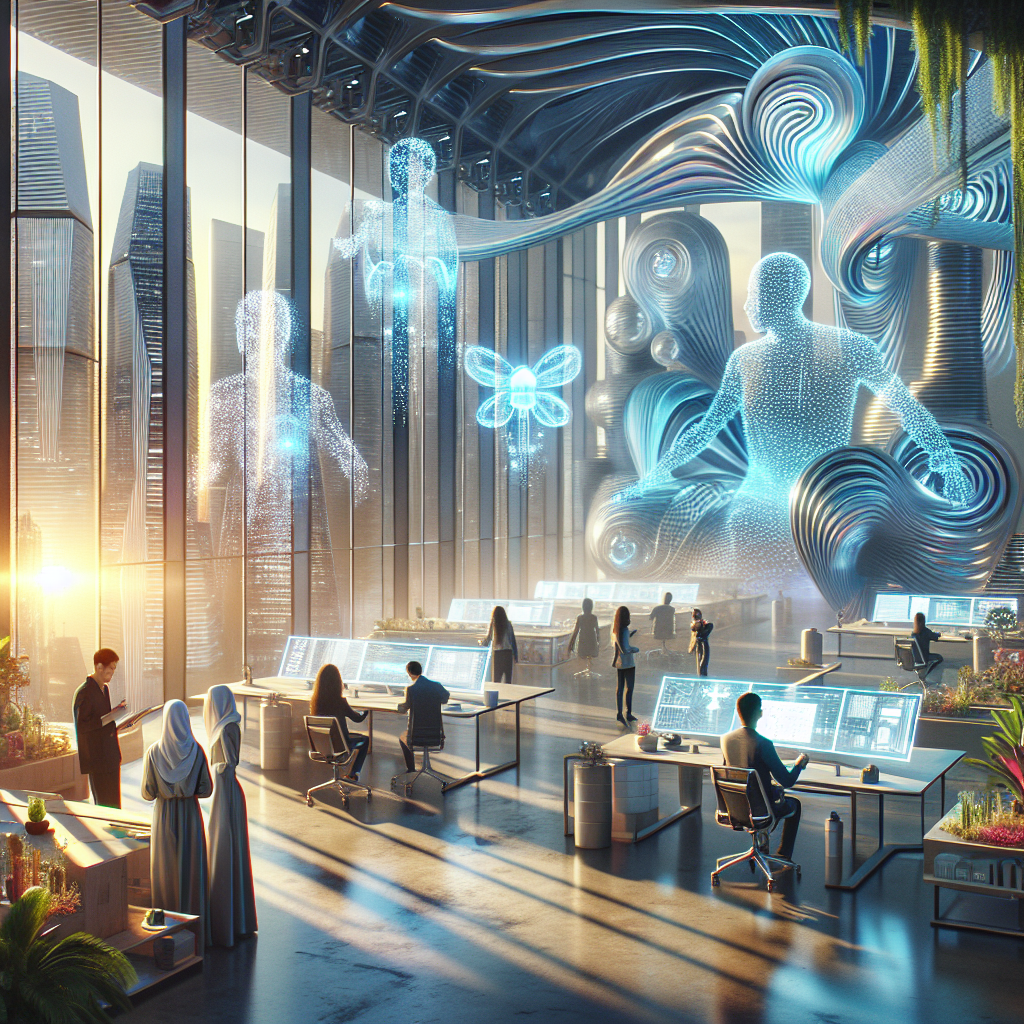
Generative Design: How AI is Redefining Creativity and Innovation
In the realm of architecture and design, creativity has long been celebrated as an inherently human trait, a delicate dance between intuition, experience, and artistic vision. Yet, as we stand in the heart of the 21st century, a new collaborator has entered the creative studio: artificial intelligence. Generative design, an AI-driven approach, is transforming the landscape of architecture and interior design, redefining the boundaries of creativity and innovation. This powerful technology is not merely a tool; it is a partner, capable of proposing countless design variations and enabling architects and designers to explore unprecedented possibilities.
What is Generative Design?
At its core, generative design is a computational process where designers input specific goals, constraints, and parameters into advanced software algorithms. These algorithms then autonomously generate a multitude of design solutions, optimizing for structural integrity, sustainability, aesthetics, or any combination thereof. Unlike traditional design methods, generative design leverages machine learning and AI to rapidly iterate and evolve concepts, presenting architects with innovative solutions that may have otherwise remained undiscovered.
The roots of generative design can be traced back to parametric design principles, where algorithms and mathematical equations inform complex architectural forms. However, generative design takes this further by introducing artificial intelligence to analyze vast datasets, learning from previous iterations to continuously refine and improve outcomes. This dynamic interplay between human input and AI-driven computation is revolutionizing the design process, opening new avenues for creativity and efficiency.
Generative Design in Action: Real-World Examples
One of the most compelling examples of generative design in architecture is the innovative work of Zaha Hadid Architects. Known for their groundbreaking use of computational methods, the firm has embraced generative design to create structures that are both visually stunning and structurally optimized. The Beijing Daxing International Airport, with its fluid, organic forms, exemplifies how generative algorithms can inform architectural masterpieces that balance aesthetic ambition with functional excellence.
Similarly, Autodesk’s collaboration with Airbus has demonstrated the profound potential of generative design in product innovation. By employing AI-driven algorithms, Airbus engineers created a revolutionary aircraft partition that was significantly lighter yet stronger than traditional designs. This not only reduced fuel consumption but also showcased the immense possibilities of AI-assisted creativity in industrial design.
Enhancing Sustainability and Efficiency
In an era where sustainability is paramount, generative design emerges as a critical ally. By optimizing material usage and structural efficiency, AI-driven design significantly reduces waste and environmental impact. For instance, generative algorithms can analyze the precise load-bearing requirements of a building, suggesting forms that minimize material use without compromising structural integrity. This approach aligns seamlessly with the principles of the circular economy, as explored in our article on zero-waste masterpieces.
Moreover, generative design’s potential in sustainable urban planning is immense. AI algorithms can analyze urban environments, considering factors such as sunlight exposure, wind patterns, and pedestrian flow, to propose optimal building placements and orientations. This data-driven approach not only enhances energy efficiency but also improves the overall quality of urban life, aligning with contemporary goals for resilient and sustainable cities.
Interior Design Reimagined
Generative design is not limited to architecture; it is also reshaping the world of interior design. AI-powered algorithms can suggest spatial layouts, furniture arrangements, and lighting schemes tailored precisely to individual preferences and functional requirements. For example, designers can input parameters such as room dimensions, desired ambiance, and ergonomic considerations, allowing the AI to generate numerous interior configurations that harmonize aesthetics and practicality.
This technology complements emerging trends like biophilic design, which emphasizes the integration of natural elements into interiors to enhance human well-being. As discussed in our exploration of biophilic design and its impact on human health, generative algorithms can optimize natural lighting, plant placement, and spatial organization to create interiors that resonate deeply with human psychology and physiology.
Challenges and Ethical Considerations
While generative design offers immense potential, it also raises critical questions regarding authorship, creativity, and ethical responsibility. As AI becomes increasingly influential in the creative process, the role of the designer evolves from sole creator to curator and collaborator. This shift necessitates a thoughtful dialogue about intellectual property rights, creative ownership, and the ethical implications of AI-generated designs.
Furthermore, the reliance on algorithms and data-driven decisions must be balanced with human intuition and empathy. Design is inherently human-centric, addressing not only functional needs but also emotional and cultural dimensions. Ensuring that generative design remains sensitive to these human aspects is crucial for its successful integration into the creative industries.
The Future of Generative Design
Looking ahead, generative design is poised to become an indispensable component of architectural and design practice. Advances in AI and machine learning will continue to refine algorithms, enabling even more sophisticated and context-aware design solutions. Integration with emerging technologies such as augmented reality (AR) and virtual reality (VR), as discussed in our article on virtual reality in architecture, will further enhance designers’ ability to visualize and interact with generative proposals in immersive environments.
Moreover, as sustainability and resilience become increasingly critical, generative design’s ability to optimize resource use and adapt to changing environmental conditions will be invaluable. Projects like Saudi Arabia’s ambitious urban initiative, The Line, illustrate how generative design principles can inform large-scale urban developments, balancing futuristic aesthetics with environmental responsibility.
Conclusion: A New Era of Collaborative Creativity
Generative design represents a paradigm shift in the creative industries, transforming the role of architects and designers from solitary visionaries to collaborative innovators. By harnessing the power of artificial intelligence, designers can explore a vast landscape of possibilities, pushing the boundaries of creativity and innovation further than ever before.
As we embrace this new era, it is essential to approach generative design thoughtfully, balancing technological advancement with human insight and ethical responsibility. The synergy between human creativity and AI-driven computation promises a future where design is not only more innovative and efficient but also deeply attuned to human needs and aspirations.
Ultimately, generative design invites us to reimagine creativity itself—not as a solitary endeavor but as a dynamic partnership between human ingenuity and artificial intelligence, shaping a future that is both visionary and profoundly human-centric.
